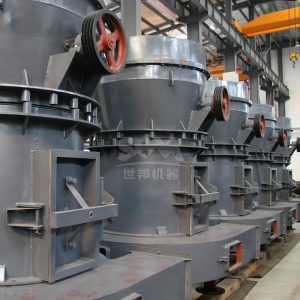
Introduction: The Imperative for Sustainable Cement Production The cement industry stands at a critical juncture, facing mounting pressure to reduce its substantial carbon footprint while maintaining production efficiency. As clinker grinding represents one of the most energy-intensive stages in cement manufacturing, accounting for approximately 40% of total electrical energy consumption in a cement plant, optimizing […]

Introduction The production of high-quality frit and enamel requires precise control over raw material properties, particularly the particle size distribution of feldspar. As a key fluxing agent and glass former, feldspar’s grinding quality directly impacts the final product’s melting behavior, surface quality, and mechanical properties. This article explores the technical requirements for feldspar grinding in […]

Introduction The production of carbon black from petroleum coke requires precise particle size control and efficient grinding technology. Selecting the appropriate pulverizing mill is crucial for achieving optimal product quality, energy efficiency, and operational cost-effectiveness. This comprehensive guide explores the key factors to consider when choosing a petroleum coke grinding mill for carbon black production, […]
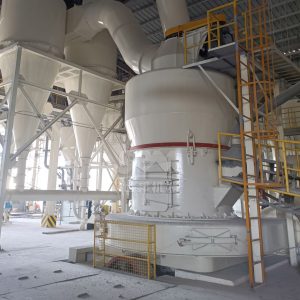
Introduction The production of high-performance filter media requires precise control over particle size distribution and morphology to achieve optimal filtration efficiency, permeability, and mechanical strength. Kaolin, a naturally occurring clay mineral, has emerged as a critical raw material in this sector due to its unique platelet structure, chemical inertness, and excellent forming characteristics. However, transforming […]

Introduction Dolomite powder plays a crucial role in ceramic glaze production, serving as both a flux and a matting agent that significantly impacts the final product’s quality, texture, and appearance. The selection of an appropriate grinding machine for dolomite processing directly influences production efficiency, energy consumption, and ultimately, the profitability of ceramic manufacturing operations. This […]
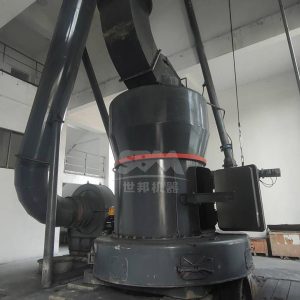
Introduction to Graphite Powder Production Graphite, with its unique layered structure and exceptional electrical conductivity, has become an indispensable material in modern industrial applications. From lithium-ion batteries and fuel cells to conductive coatings and advanced composites, the demand for high-purity graphite powder continues to grow exponentially. The performance of graphite in these applications is critically […]
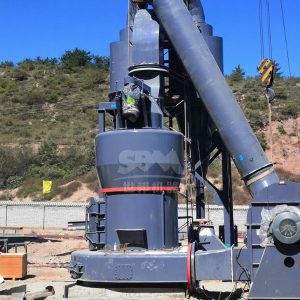
Introduction to Bentonite in Soil Improvement Bentonite, a naturally occurring clay mineral composed primarily of montmorillonite, has become an essential material in modern soil improvement and geotechnical engineering. Its unique properties—including high swelling capacity, excellent cation exchange capability, and low permeability—make it invaluable for applications ranging from landfill liners and pond seals to foundation stabilization […]

Introduction In the paper manufacturing industry, limestone has become an essential filler and coating pigment due to its excellent optical properties, high brightness, and cost-effectiveness. The quality of ground calcium carbonate (GCC) used in paper coating directly impacts the final product’s printability, opacity, smoothness, and gloss. Selecting the appropriate grinding mill is therefore critical for […]
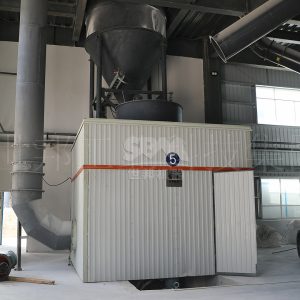
Introduction to Barite in Oil & Gas Drilling Fluids Barite (barium sulfate) plays a critical role in the oil and gas industry as a weighting agent in drilling fluids. Its high specific gravity (4.2-4.5 g/cm³) helps control formation pressure, prevent blowouts, and stabilize the wellbore. The effectiveness of barite in drilling operations depends significantly on […]